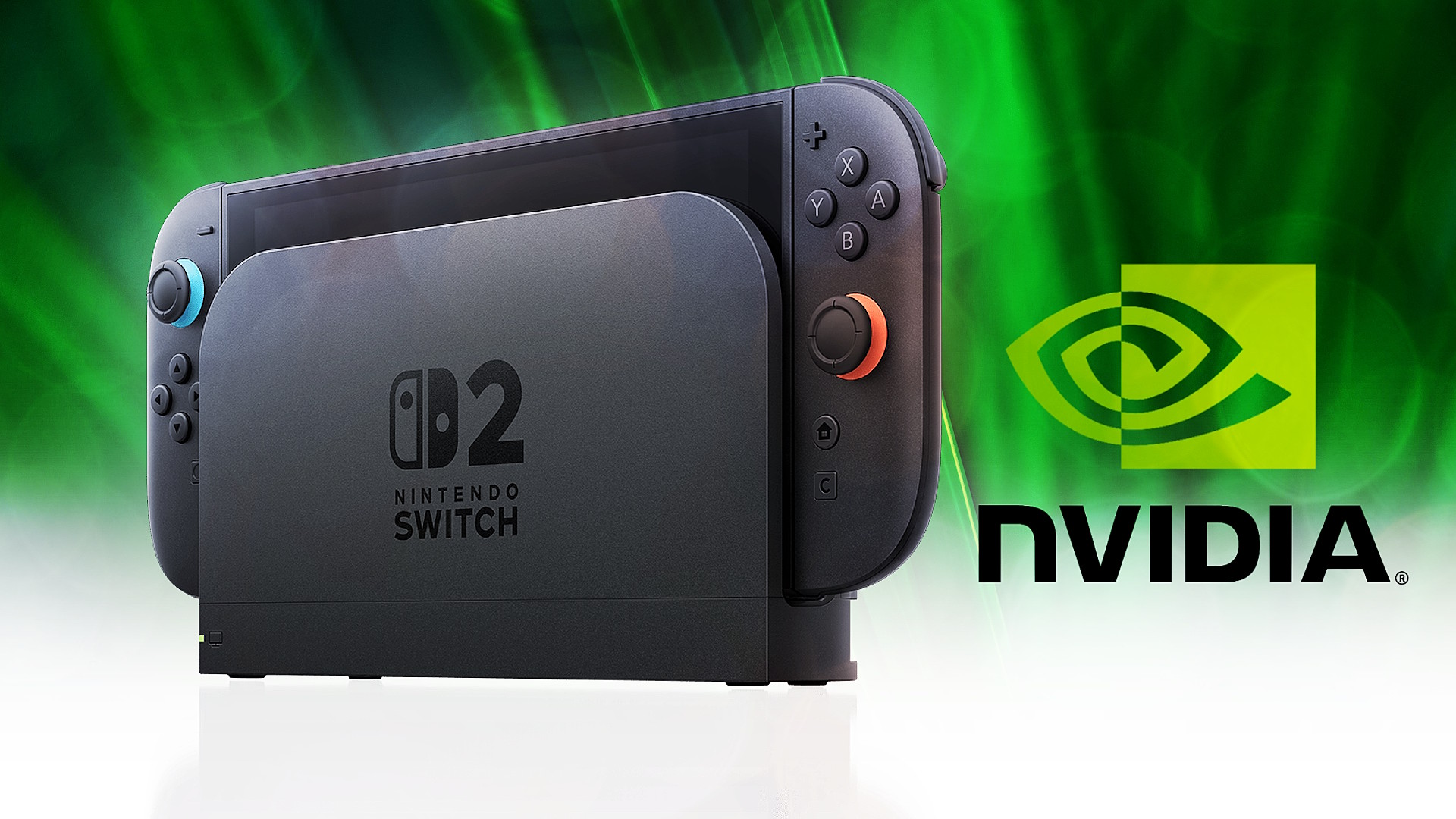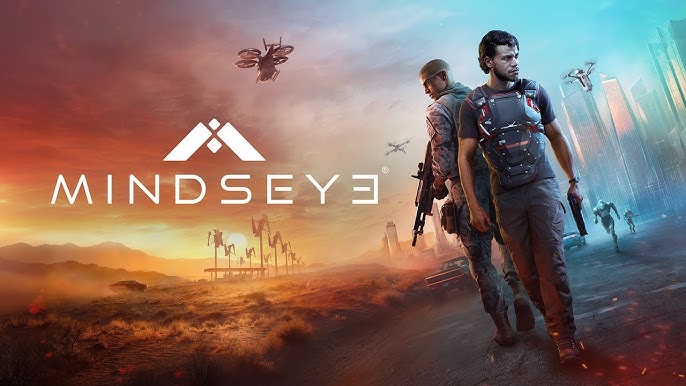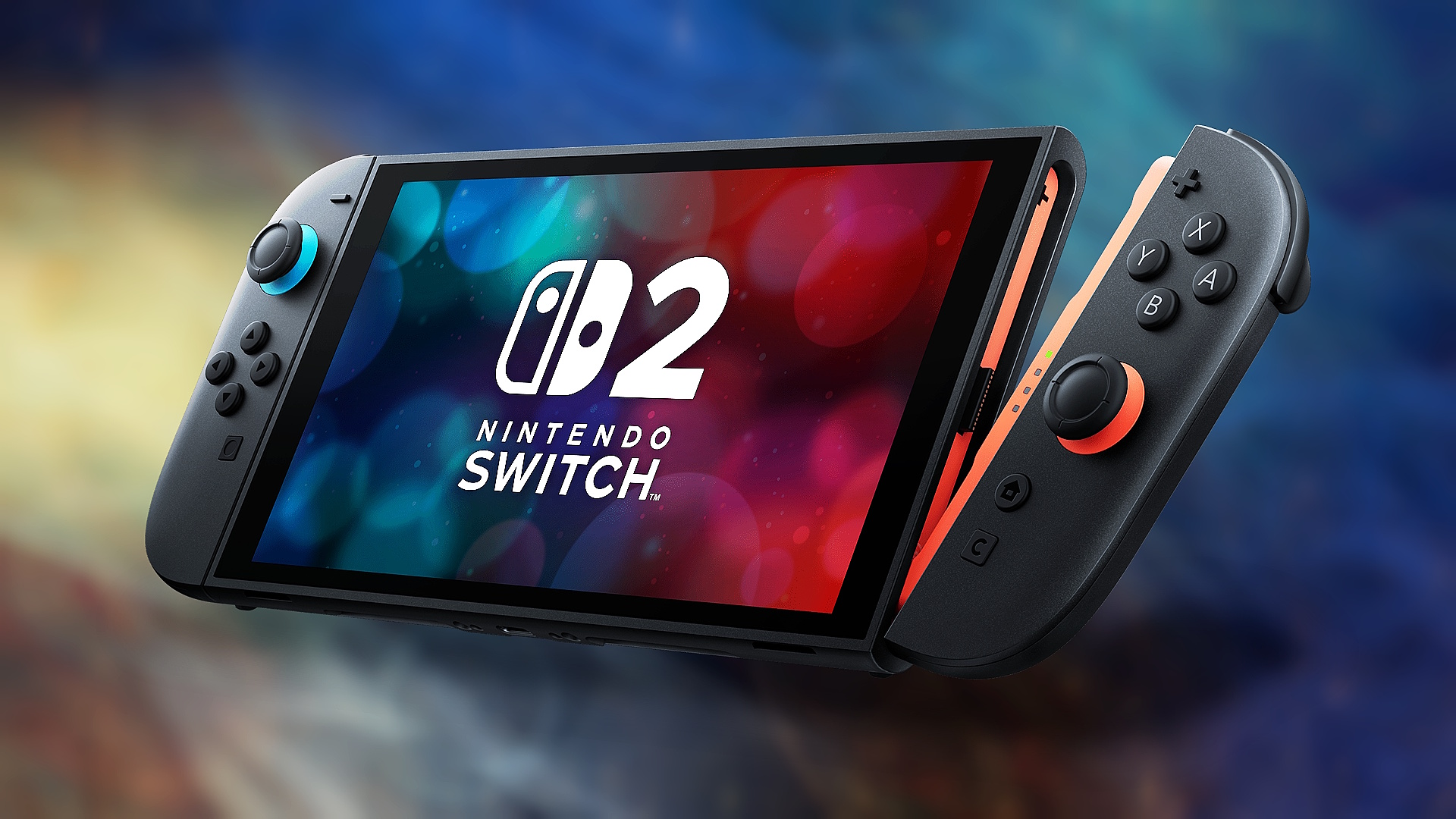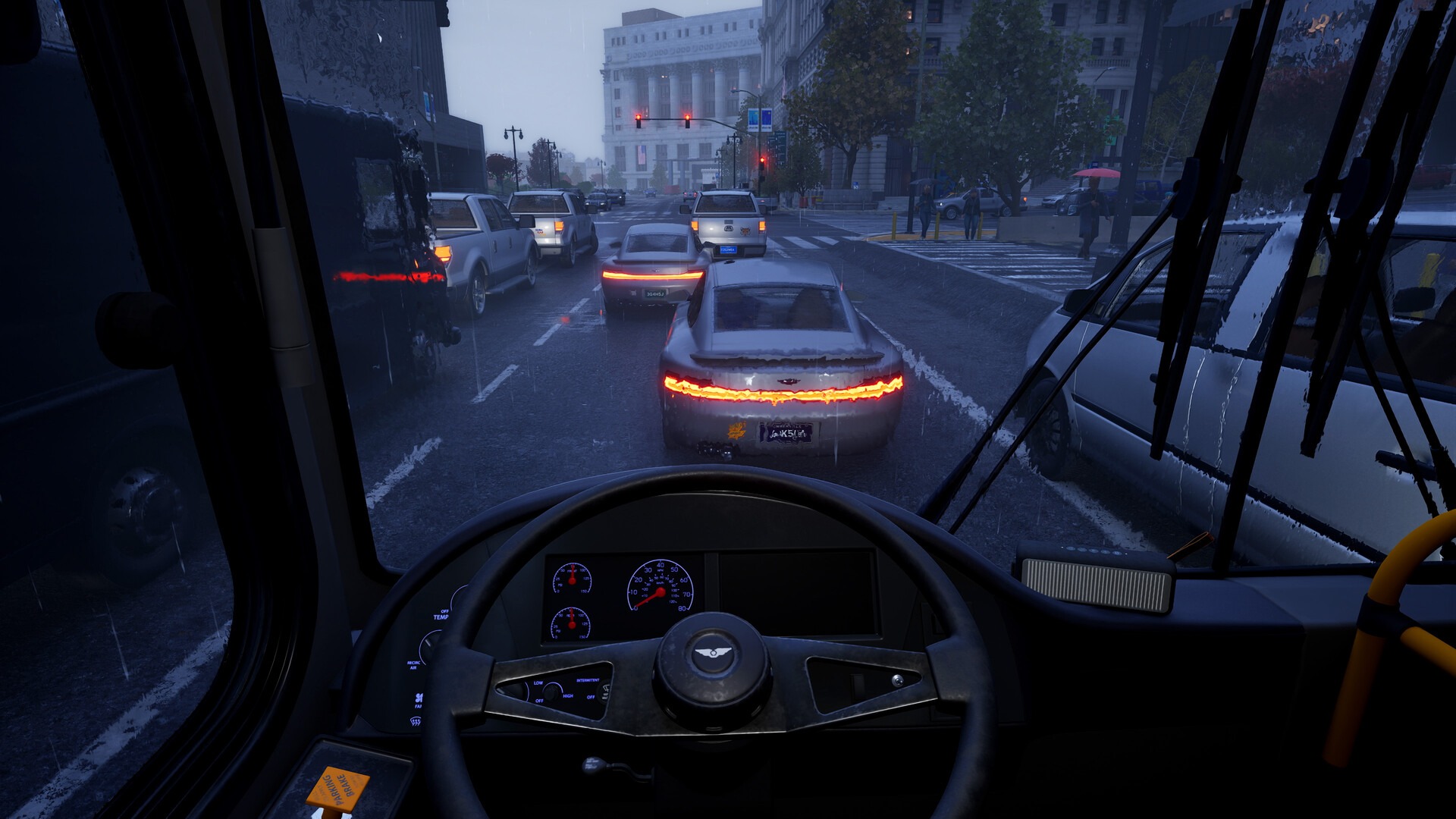The Nintendo Switch 2 Overview Trailer dropped a lot of key info about the new system’s capabilities, such as its ability to output at up to 4K/60 FPS and its own screen sporting a vivid HDR-enabled 1080p panel with a 120 Hz refresh rate. But, that’s all the company mentioned. Tucked away in the tech specs on Nintendo’s website is mention of the CPU/GPU being a “custom chip from Nvidia.” Now, the big tech company has come out with its own statement about what’s under the hood of the Switch 2—a ray-tracing capable, DLSS-enabled chipset that’s 10x more powerful than its predecessor.
Flying higher
Nvidia’s announcement on its work with the Switch 2 has a bit of technical jargon, but the short and sweet version is that the system’s chipset is packed with a lot of modern features that developers will be able to take advantage of.
With 1,000 engineer-years of effort across every element — from system and chip design to a custom GPU, APIs and world-class development tools — the Nintendo Switch 2 brings major upgrades.
— Nvidia
The new chipset comes with RT cores capable of bringing “real-time ray tracing, delivering lifelike lighting, reflections and shadows for more immersive worlds.”
Additionally, the Nintendo Switch 2’s chipset features Tensor Cores that power AI-driven features like Nvidia’s increasingly-popular DLSS tech (Deep Learning Super Sampling). In short, this uses AI-driven algorithms that boost the output resolution without sacrificing image quality. The face tracking and background removal tech shown off in the new system’s integral GameChat service is also thanks to Nvidia’s processor.
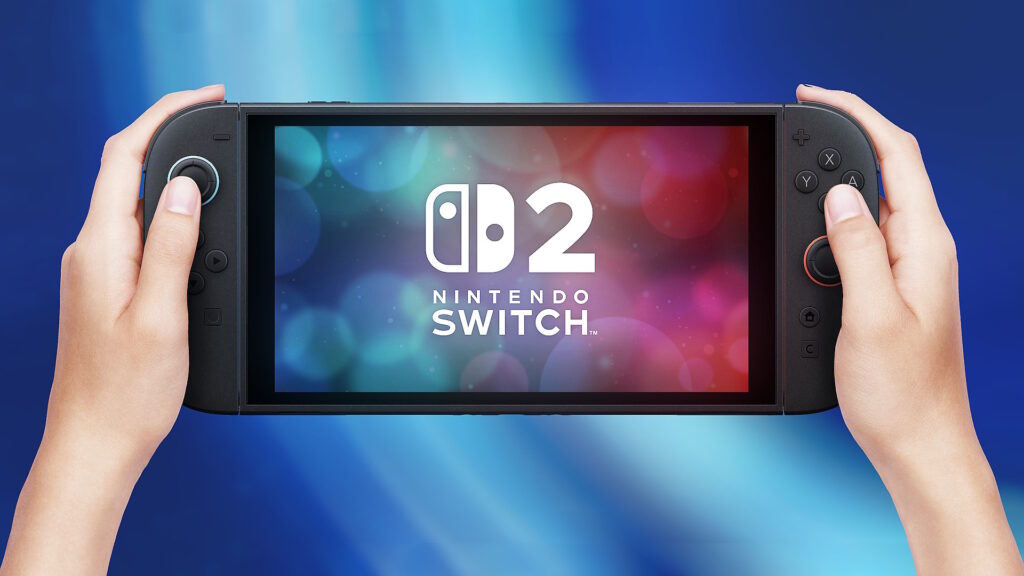
Nintendo has mentioned that the Switch 2 is capable of VRR (Variable Refresh Rate). We now know this is making use of Nvidia’s G-Sync technology. VRR allows the display to dynamically adjust to the frame rate of the content on-screen, thus eliminating screen tearing and providing a smooth visual experience.
For game developers, Nvidia’s improved chipset for Switch 2 results in “improved game engines (such as Unreal Engine), better physics and optimized APIs for faster, more efficient game creation.”
Even with these hard details from Nintendo and Nvidia, neither side is saying all that much. For instance, we still don’t know how much RAM the system has or how much vRAM its chipset has. We also don’t know the clock speed of the chipset, or even its name.
But, at the very least, Nvidia has given as a figure of comparison with this chipset being noted as “10x more powerful than the Nintendo Switch”, vague as that is.
Moving on from the original Switch
The Nvidia Tegra processor that powers the original Switch has proven to be an alright product throughout the system’s lifecycle. Though, its limitations have become more and more apparent as time has gone on. Still, it’s almost miraculous how long the Switch has continued to forge ahead, given its limitations and the growing number of devices that greatly outpace it.
Nintendo has not talked much about specs for any of its systems since the days of the GameCube (which is having a selection of games brought over to Switch 2). But, it did pull the curtain back just a bit with the Ask the Developer: Nintendo Switch 2 interviews that were published after the console’s full reveal on April 2nd.
In this series, the three Nintendo executives responsible for the new hybrid talk a bit about how it came to be; Mr. Kouichi Kawamoto (Producer), Mr. Takuhiro Dohta (Senior Director) and Mr. Tetsuya Sasaki (General Manager).
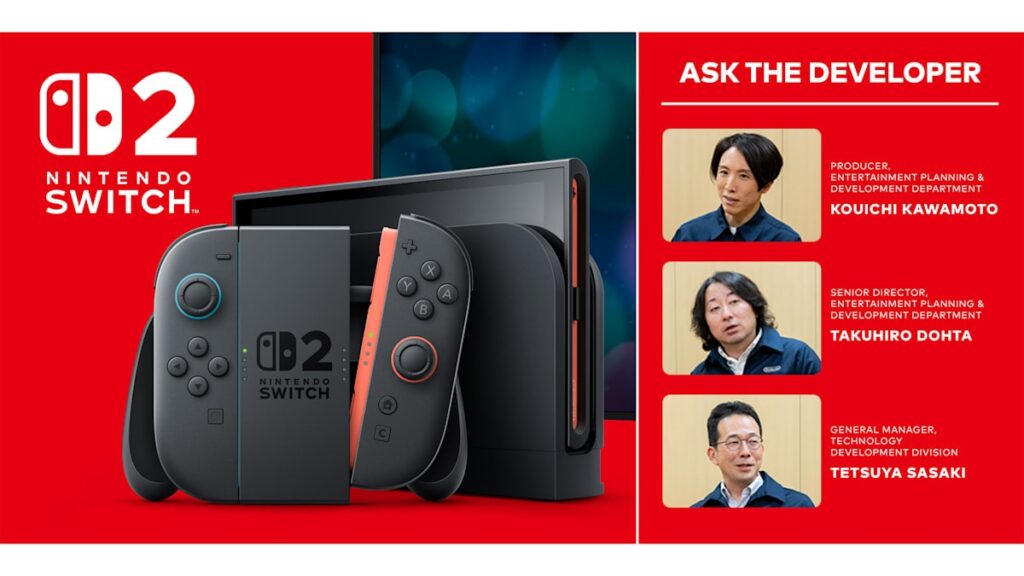
In Part 1, Mr. Kawamoto admitted that while the Switch has been successful, “that doesn’t mean [it] is perfect.”
Very surprisingly, he further admits there have been times when he and his team wished the system’s processor was more capable.
“As time went on, we began to realize that it didn’t necessarily mean developers could make any kind of game they wanted with it.”
— Kouichi Kawamoto, Nintendo Switch 2 Producer
Mr. Kawamoto then later explains how the Switch 2’s “improved processor performance has allowed [Nintendo] to realize new types of gameplay that haven’t been seen before [in Nintendo games].” He further goes on to explain how Nintendo ultimately made the decision to provide an iterative upgrade rather than an innovative one, to avoid making “changes for changes’ sake.”
In Part 4, Mr. Kawamoto gave an interesting explanation behind the naming scheme of Switch 2. The name “Super Nintendo Switch” was floated, but Nintendo wanted consumers to see it as a continuation of the Switch family, especially given its backward-compatibility features. Yet, while it does feature hardware improvements, Kawamoto emphasized that “we’d like players who get their hands on it not to focus on the specs, but rather think of it as the latest system developed by Nintendo.”
Indeed, even in this modern era, Nintendo still continues on the path of making the most out of a limited amount rather than going for a bleeding edge product. This explains why it’s still being coy about what exactly is under the hood of the Nintendo Switch 2. Even so, it’s nice to get some official dialogue from it and Nvidia about the new system’s capabilities.
Nintendo Switch 2 launches on June 5 for $450.

